Video Nokia N8 overview - part 3 of 3 - Music player application and HDMI
In the video, Chris Bennetts, Senior Product Manager, gives a tour of the Music application and explains some of the possibilities enabled by the N8's HDMI-out functionality.
Here is our earlier breakdown on the first video, which gives an overview of the Nokia N8, covering the homescreen, messaging, Internet and Maps, and here is our breakdown of the second video, which looks at Photos, Photo Editor and Video Editor software and USB OTG functionality.
Breaking down the video
The third video starts with a quick run through of the N8's (Symbian^3) Music player application. This is one of the applications that has received one the most visible refreshes in Symbian^3. However, the mode of operation remains familiar, the standard hierarchical list arrangement is used (Artists, Albums, Playlist and so on). Much remains the same, as demonstrated by the first image (below), which shows the same album listing style and layout as used in the more recent S60 5th Edition devices.
It may look the same, but it benefits greatly from the direct interaction model used in Symbian^3. A single, rather than double tap, is used to open the album (go down a layer in the hierarchy).
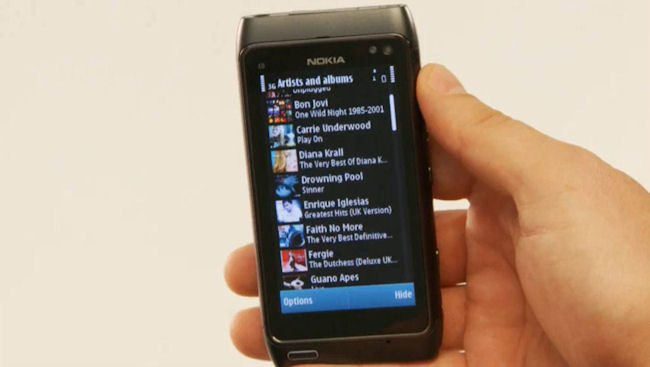
Additional functionality can be accessed by long tapping on an album. This pops up a context sensitive menu, which is one of Symbian^3's standard UI conventions. In this case it can be used to add the album to a playlist, delete an album and find [the album] in Music store (i.e. to get extra tracks).
One of the strengths of Symbian has been its ability to manage your music collection (e.g. creating and editing playlists) directly on the phone. The N8, as with other recent Nokia devices, will also integrate fully with the Nokia Music store, allowing the purchase and download of additional music.
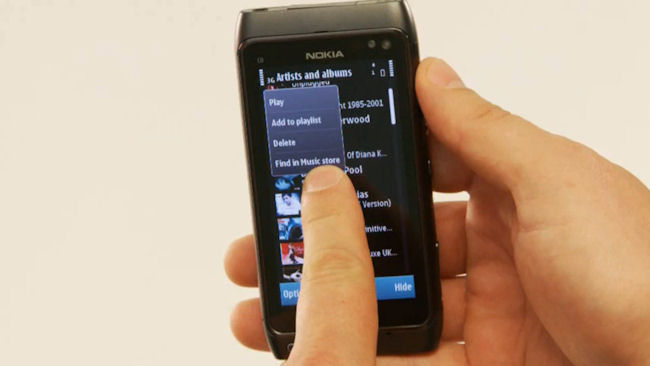
The image below shows the album track list view, with cover art displayed above a track listing. As before, a long press gives access to additional functionality (add to playlist, send and delete).
As is standard in the Symbian^3's UI, kinetic scrolling is available on all lists, which makes it much quicker to browse through a large album or track list.
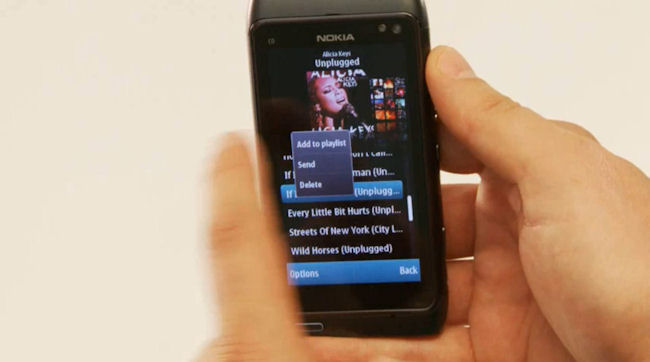
In the N8, the previously static album art at the top of the screen is now a 'flickable' side carousel (similar to cover flow). This allows you to quickly switch between different albums, without having to go up one level in the music hierarchy.
The image below also demonstrates the 'index letter'. When scrolling through long lists or carousels, an 'index letter' will be shown on screen, 'F' in this case. It helps users navigate lists by indicating their current location on the list (lists are sorted alphabetically). This is a standard UI feature in Symbian^3 and is present in other applications (e.g. Contacts).
It first appeared in selected S60 5th Edition devices as part of a firmware upgrade (e.g. Contacts application on the N97).
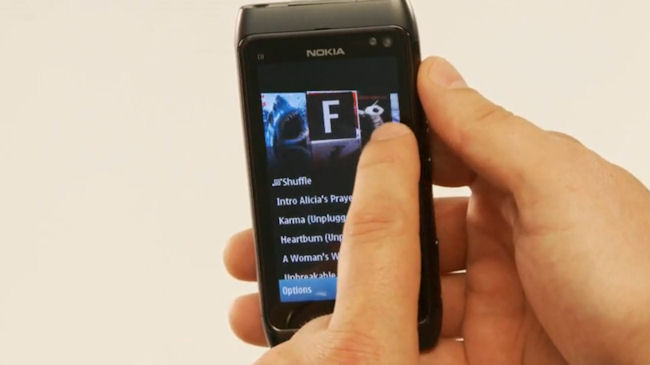
When rotated into the landscape orientation, a different UI will be seen. A full screen album art carousel is shown (more obviously resembling the 'cover flow' style view seen in other devices and music players, and popularised by Apple).
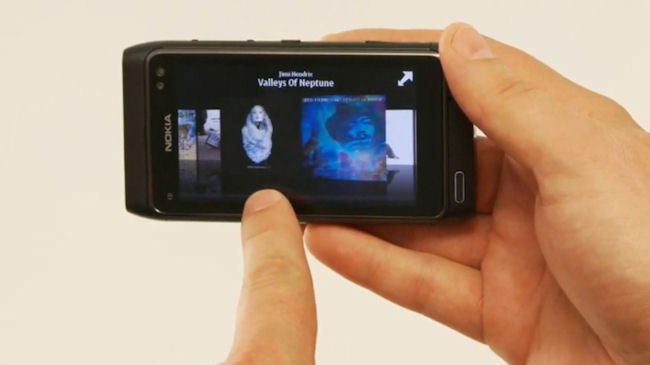
One of the most interesting hardware innovations in the N8 is its HDMI out port. This enables the playback of HD videos, including those recorded by the device itself. It can also be used to show still images. For both images and videos (when viewed using the Photos application) the output is true HD (i.e. 1280 x 720). For the rest of the UI (and other applications), the output is upscaled from the N8's native nHD (640 x 360) resolution.
The N8 ships with an adaptor cable, which is plugged into the HDMI out port at the top of the device, with the other end connected to standard HDMI cables.
As part of the HDMI functionality, there's support for Dolby Surround Sound, something which can only be appreciated with the right equipment. Dolby Surround sound will be most relevant when playing back commercial films, which have the full surround sound audio track. The technology means that the N8 can act as the source component in an home entertainment system - far exceeding the bounds imposed by its physical limitations as a mobile device.
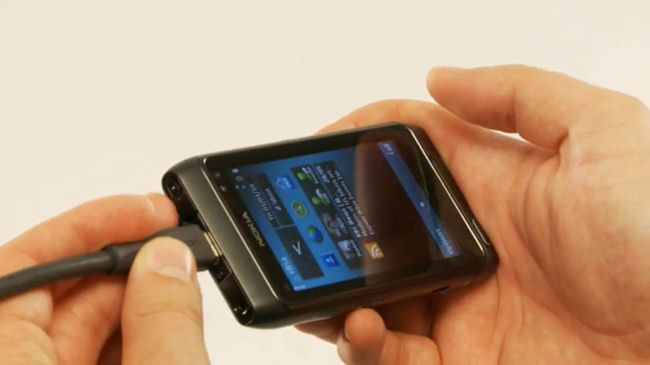
In the N8 overview video, Chris points out that the use cases for HDMI out go significantly beyond simple playback of videos on a TV and also suggests there is room for third party developer to innovate around new usage ideas (e.g. a news ticker, which is optimised for display on a large screen). Many devices now accept HDMI input - from automotive entertainment systems to computer monitors.
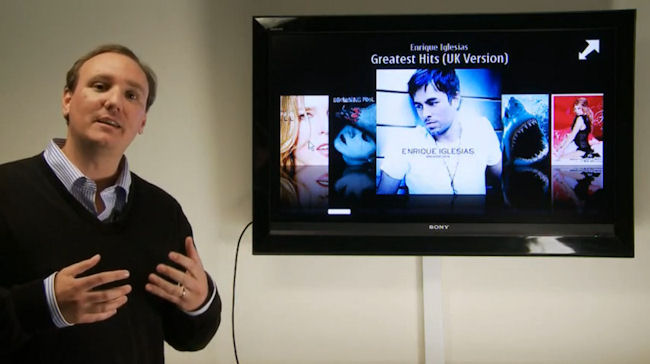
Chris also mentions that it is possible to control the N8 remotely using a Bluetooth keyboard (ideal if your phone is plugged into a TV on the other side of the room). This is possible because of the N8's support for the Bluetooth HID profile. It should be possible to use any Bluetooth keyboard, but it seems the best results will be achieved with Nokia's SU-8W Bluetooth keyboard, which has a number of additional keys.
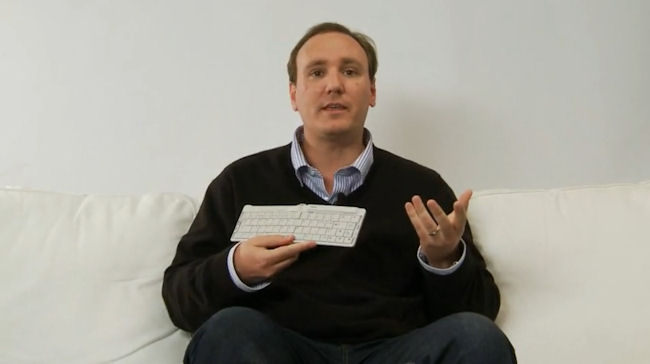
This third video concludes Nokia's N8 overview series and our detailed breakdowns of the videos.
However we'll be back with more N8 content, including some first hands-on impressions of near-production hardware, later this week.
See also
Nokia N8 - hardware hands-on first look
Nokia N8 video overview examined in detail: part 1, part 2 and part 3
Nokia N8 - content creation and consumption on Symbian^3
The Nokia N8: Imaging champion with a five year legacy
The making of the Nokia N8's camera
The Nokia N8 seen through YouTube videos
